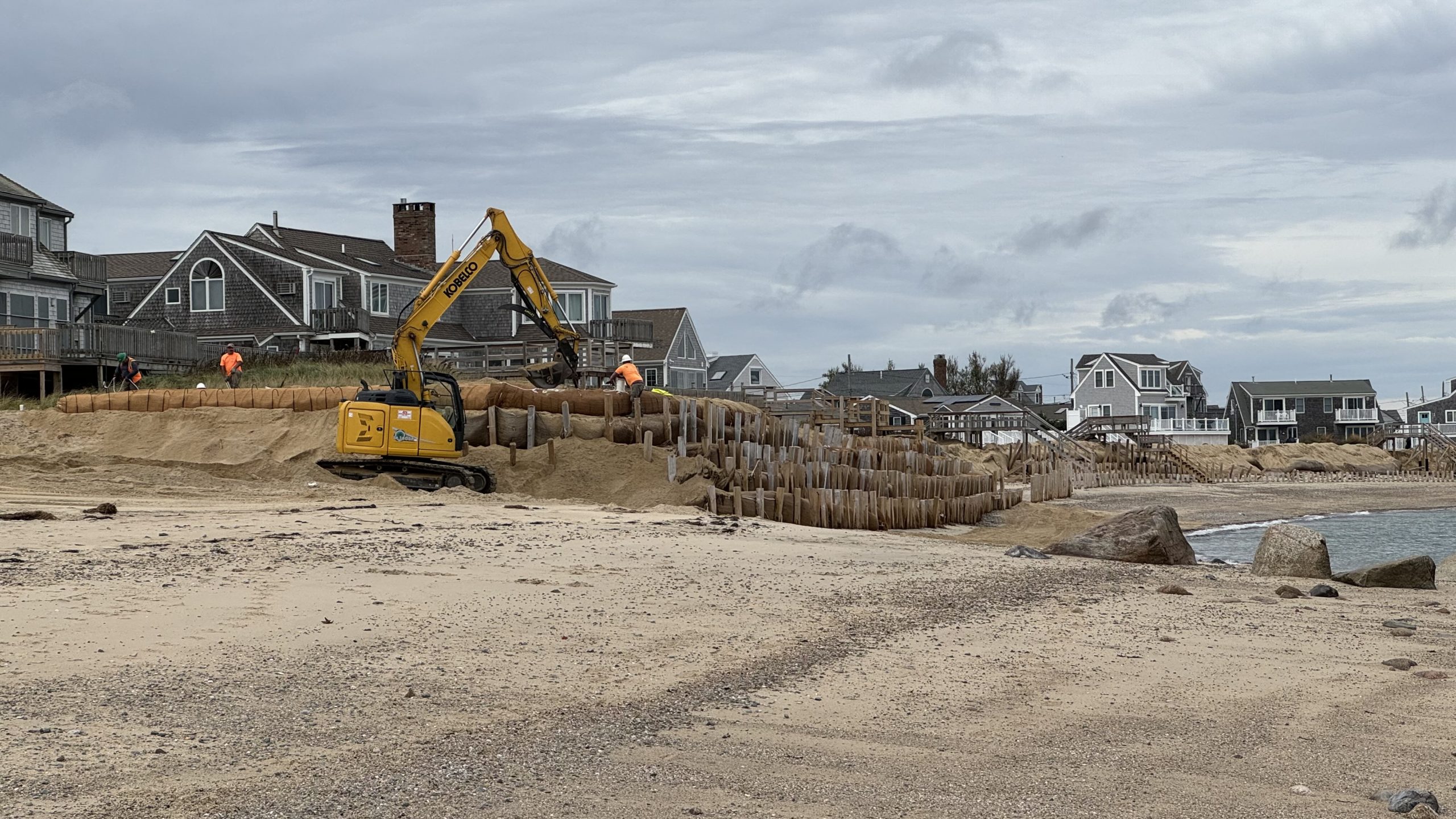Join The Small Sit, Manomet’s virtual science series, each month as we learn about the wonders of why birds migrate, the importance of river herring in coastal food webs, and so much more!
Along with the climate, our coasts are changing. Saltmarsh erodes, coastal forests flood, and sand bars and beaches erode. Mike Molnar, Director of the Coastal Zone Initiative at Manomet, has been working with a number of partners to help assess the impacts of Sea Level rise, changing weather patterns, and coastal development on our coastal ecosystems and the myriad of species that call them home. The U.S. Army Corps of Engineers (USACE) orchestrates dredging of approximately two hundred million cubic yards annually from U.S. waterways for navigation and commerce. For decades these dredged materials were simply viewed as a “spoil” and something that needed to be disposed of, often in a way that removed it from the coastal system. An effort is underway to treat these materials instead as a resource to nourish our coastlines and associated habitats in a more natural way. The current USACE goal is to increase Beneficial Use of Dredged Materials (BUDM) to 70% by 2030 and presents an opportunity to plan for coastal restoration that has a significant impact. Manomet and our partners are working with USACE to identify and prioritize habitat restoration opportunity areas along our coastline that can enhance coastal habitat health and also reduce coastal storm risks to the built environment.
In addition to planning for the beneficial use of dredged materials, we are also working to ensure that everything we are learning about using these materials to create habitat and mitigate coastal storm risks is shared with partners to improve coastal project development and implementation. Mike will share some of the interesting opportunities and challenges of his work in developing a wide range of tools to restore and protect our coast for future generations of birds, crabs, fish, and people.
This program is free, but registration is required.





 Back to all
Back to all

